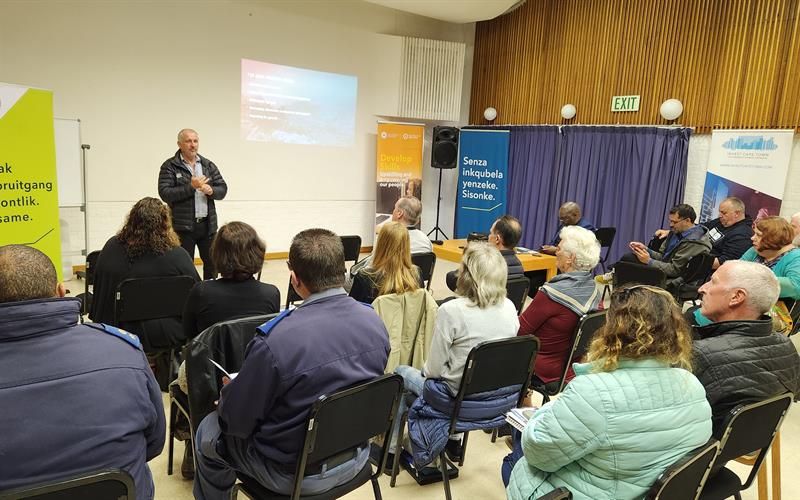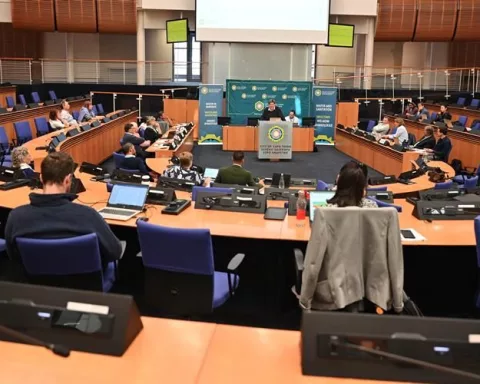As the popularity of set-jetting continues to rise, many countries and tourism boards are recognizing its potential in the market. The trend involves promoting travel destinations as filming locations, highlighting the beauty of the landscapes and architecture to a global audience. This not only attracts more tourists but also creates new job opportunities and revenue streams for locals in the film industry.
The Power of Social Media in Set-Jetting
The rise of social media has played a significant role in promoting set-jetting destinations. With the ease of sharing photos and videos, fans of the films and TV series shot in these locations showcase their trips to inspire others to visit. This has resulted in word-of-mouth marketing, a powerful tool in the tourism industry.
The Negative Impacts of Set-Jetting
However, it is essential to note that set-jetting can negatively impact the environment and local communities. The large influx of tourists can put a strain on resources and infrastructure, while constant filming and foot traffic can have a detrimental impact on the ecosystem. Therefore, it is crucial for travelers to be mindful of their impact on these locations and to respect the local culture and customs.
Responsible Set-Jetting for Positive Impacts
Despite the potential negative impacts, set-jetting offers a unique and fascinating travel experience for fans of films and TV series. It allows them to immerse themselves in the worlds of their favorite productions. In addition, by being responsible and respectful travelers, set-jetting can positively impact the tourism industry and local communities.












